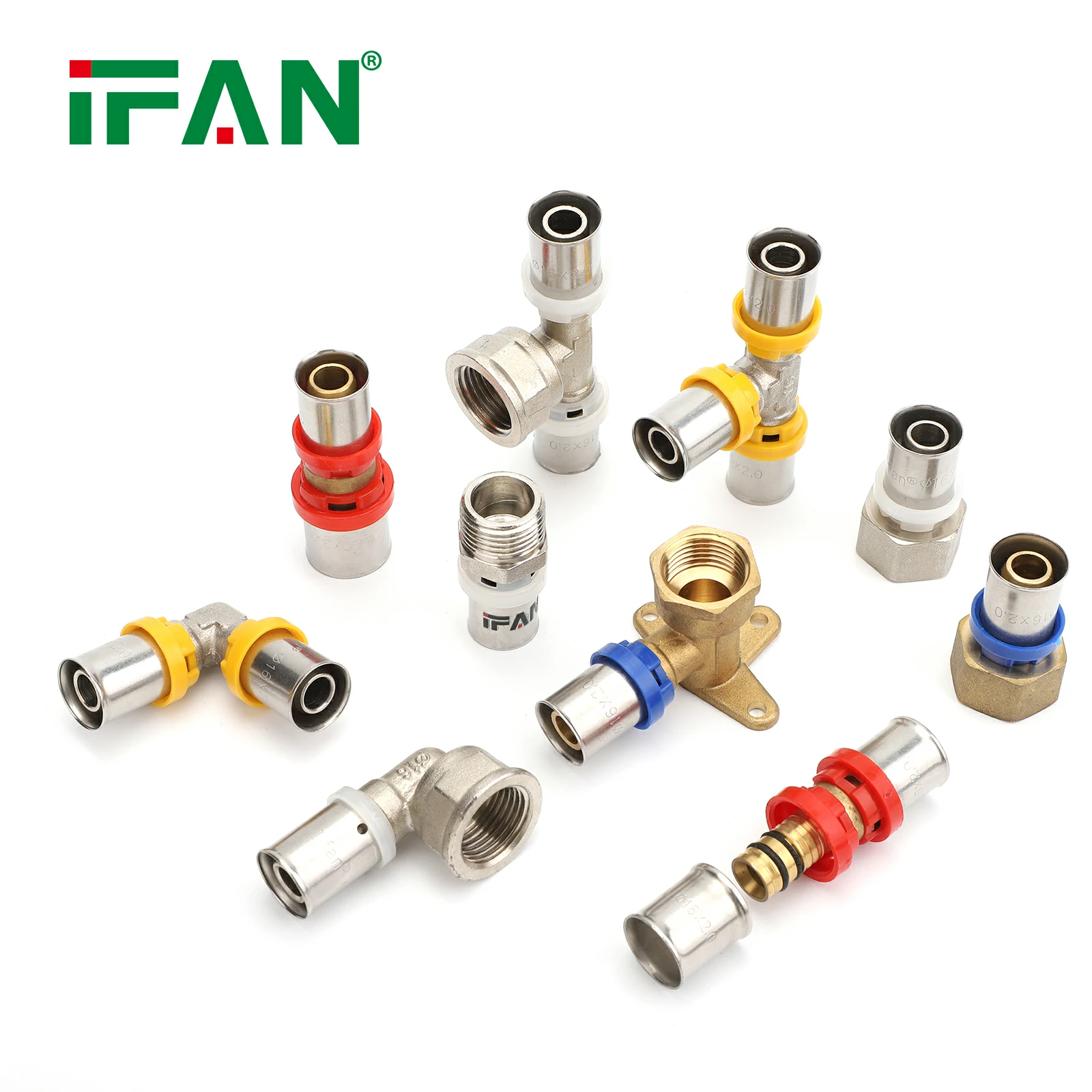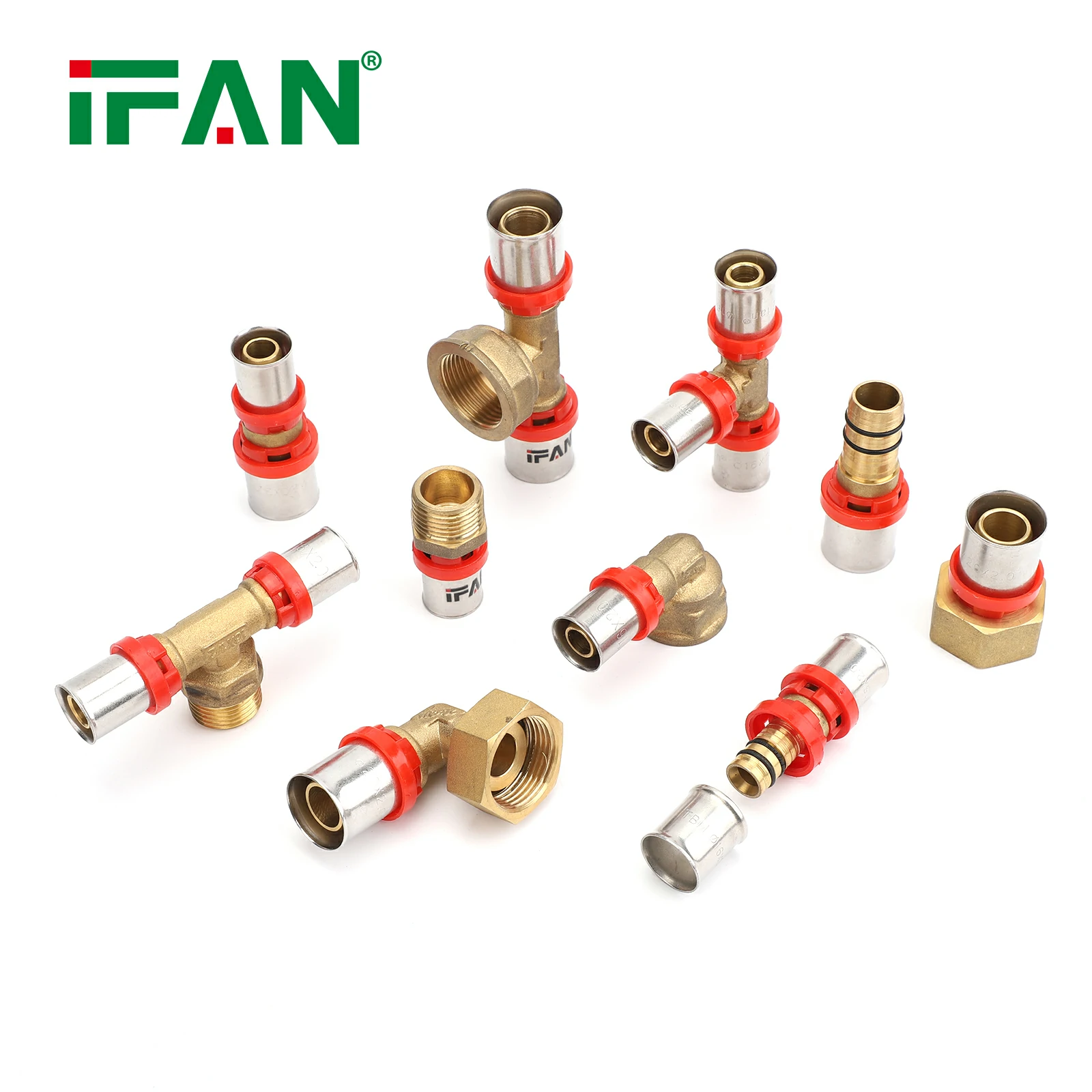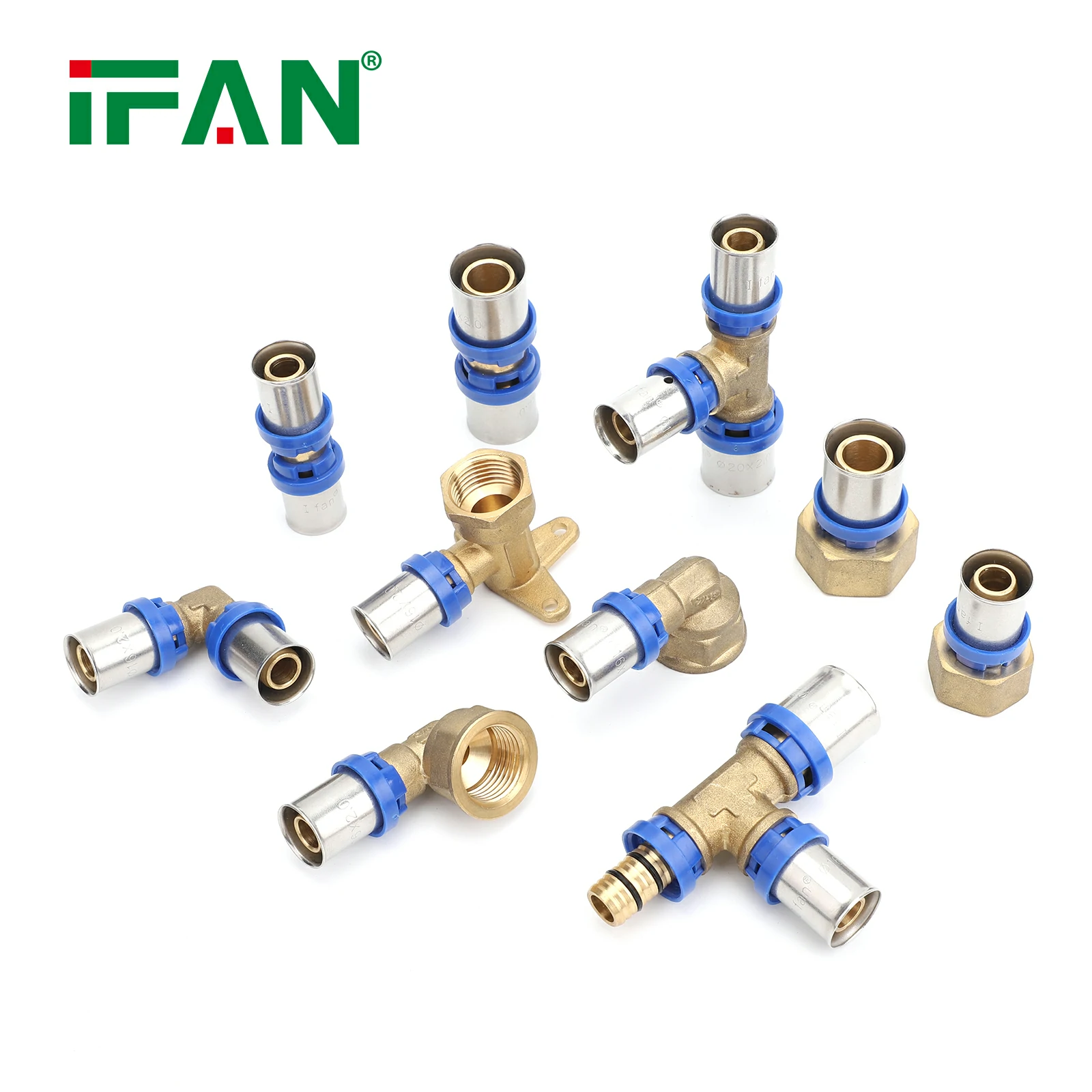PPSU is a high-performance thermoplastic material that provides superior heat and chemical resistance, enhanced toughness, impact strength, and transparency. It is derived from polyphenylsulfone, a strong and durable polymer that has become a popular choice among manufacturers of high-quality products.
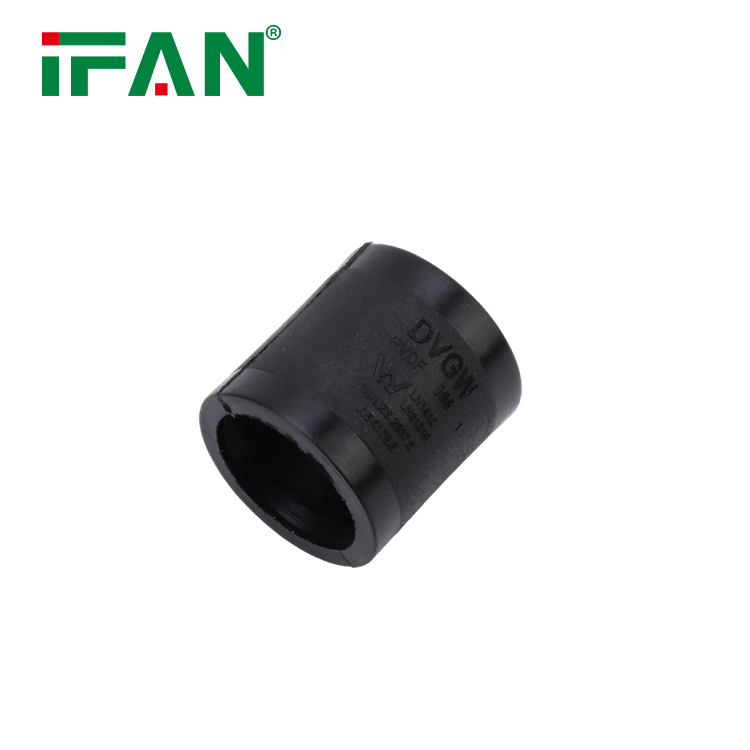
One of the main advantages of PPSU material is its ability to withstand high temperatures, making it ideal for applications where extreme heat is a factor. Unlike other polymers, PPSU retains its shape and mechanical properties even at temperatures above 200°C, making it suitable for use in the medical, automotive, and aerospace industries.
Another significant advantage of PPSU is its resistance to chemicals and hydrolysis. It is resistant to a wide range of chemicals, including strong acids, bases, and oxidizing agents. Moreover, PPSU is hydrolysis resistant, meaning it does not degrade when in contact with water or steam. Hence, it is an excellent choice for applications that involve exposure to harsh chemicals or prolonged exposure to water.
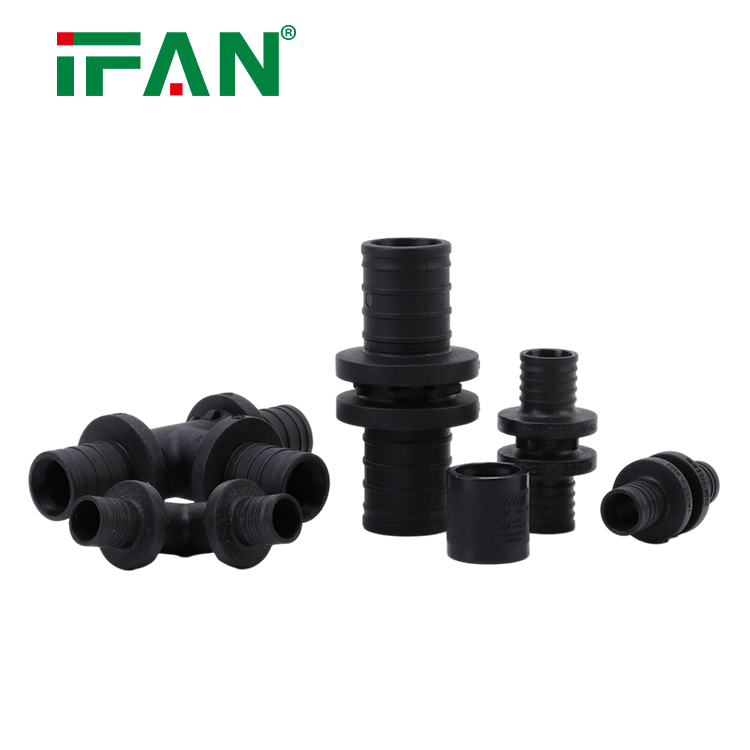
PPSU material also boasts exceptional toughness and impact resistance, making it ideal for use in demanding applications such as aerospace components or automotive parts. It can withstand impact loads and is virtually unbreakable, making it resistant to wear and tear. This property also makes it an excellent choice for manufacturing baby bottles and other infant products that are subject to frequent drops or falls.
One of the most unique benefits of PPSU material is its transparency. It provides a clear view of the contents inside a container, making it an ideal choice for applications where visual inspection is critical. Its high transparency is also beneficial in the medical industry, where it is commonly used to manufacture surgical instruments and medical devices, as well as dental and orthopedic implants.
In addition to its mechanical and physical properties, PPSU material is easy to process and mold. It is also lightweight, which makes it portable and easy to handle. Its ease of processing and molding makes it an excellent choice for manufacturers seeking a cost-effective solution that is also easy to manufacture.
PPSU material is also safe for use in products that come in contact with food, according to the FDA. Therefore, it is commonly used in the food and beverage industry, such as water purification systems.
Conclusion
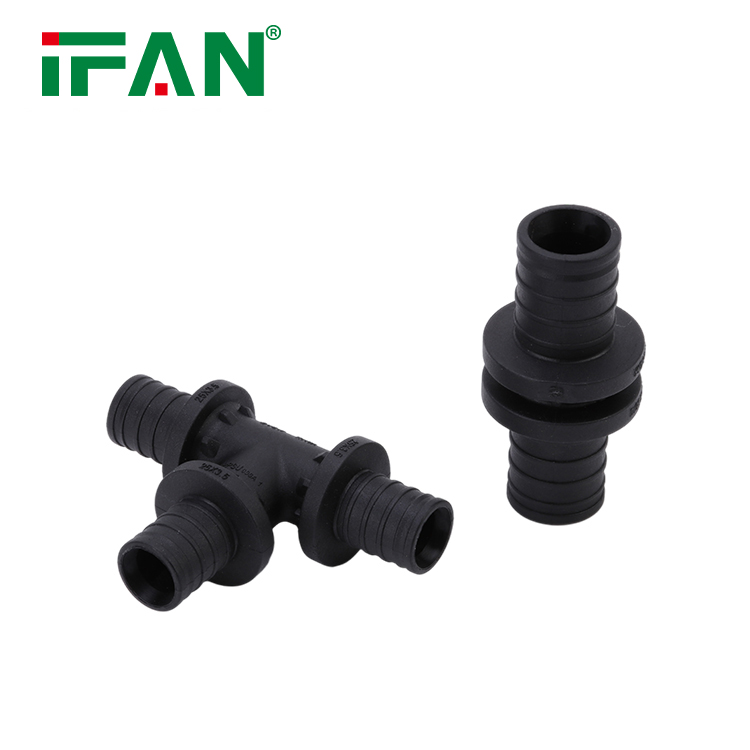
PPSU material has found many applications across several industries, thanks to its exceptional properties. Its high-temperature resistance, superior resistance to chemicals and hydrolysis, transparency, toughness, impact resistance, and ease of processing make it an excellent choice for manufacturers needing high-performance polymers. Its use in consumer goods, automotive, aerospace, and medical industries continues to grow, and research and development continue to discover new ways to use this remarkable material.

